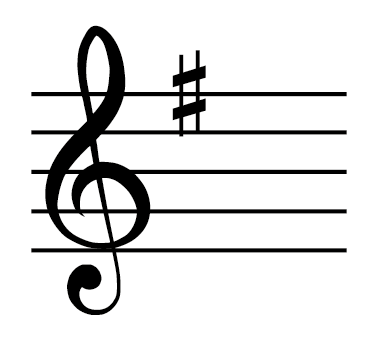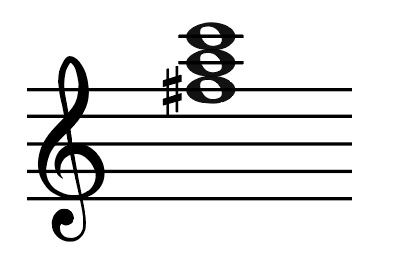
In our last scale page, we investigated the scale of C major. Remember, C major was one of the simplest scales (or keys) you can learn.
Today I would like to visit the scale of G major! Why?
Let’s think about the circle of fifths. (If those three words are sending a bolt of confusion through your brain then make sure to check out the ultimate guide to the circle of fifths before continuing to read!)
The next scale on the circle of fifths after C major is G major! G major is five tones up from C major, making this the first sharp scale on the circle!

[thrive_leads id=’12672′]
As mentioned in our C major blog, major scales always follow the same pattern of tones and semitones (steps and half steps)
This is as follows:
Tone, Tone, Semi-tone, Tone, Tone, Tone, Semi-tone
Whichever note you start on, you will always achieve the major scale starting on this note.
The G major scale is simply this pattern but starting on the note G

As you can see, if we were to play this scale on the piano we make use of just one black key.
What does this scale look like on the stave?
The pitches of the scale are as follows: G A B C D E F#

Rather than writing the sharp sign on the note, we can now make use of the key signature. Because every single F in G major is sharp, we can simply write this at the start of the piece!
ToneGym- The Ultimate Ear Training App
ToneGym allows you to improve your ear with a range of games, interactive and competitions.
Or check out our complete review of ToneGym.

What do we mean when we say a piece is ‘in the key of G’?
If we say that a piece of music is in the key of G, this means a few things:
- The key signature will have one sharp, this sharp being F sharp!
- The tonic (or home note) of the piece will be G! This note will sound the most stable in the whole piece
- The piece will use notes only from this scale, these could be in any octave.
- The chords used will be those chords that are in G major
[thrive_leads id=’12672′]
What are the chords of G major?
When writing out chords we always use Roman Numerals so it is important to make sure you are familiar with the Roman Numerals up to seven!
Here are the chords of G major:
I – G major, Tonic Chord
II – A minor, Supertonic Chord
III – B minor, Mediant Chord
IV – C major, Subdominant chord
V – D major, Dominant chord
Vi – E minor, Sub median chord
Vii – F# diminished chord, leading note chord
What are the notes in these chords?
I – G major chord – G, B, D

ii – A minor chord – A, C, E

iii – B minor chord – B, D, F#

IV – C major chord – C, E, G

V – D major chord – D, F#, A

vi – E minor chord – E, G, B

Viio – F# Diminished chord – F#, A, C

For more on this, see our in-depth guide to chords in G Major.
ToneGym- The Ultimate Ear Training App
ToneGym allows you to improve your ear with a range of games, interactive and competitions.
Or check out our complete review of ToneGym.

Why are some these chords labelled in lower case?
Chords are usually written in two different ways
Capital for MAJOR Chords
Lowercase for MINOR/DIMINISHED Chords
I hope this has given you a solid knowledge of the G major scale! Remember to check out my other blog posts here!
[thrive_leads id=’12672′]
A Famous Song in G Major
Pink Floyd – Wish you Were Here
John Mayer – Gravity
Jimi Hendrix – Little Wing
Learn More about Scales
We guides to all major and minor scales.
